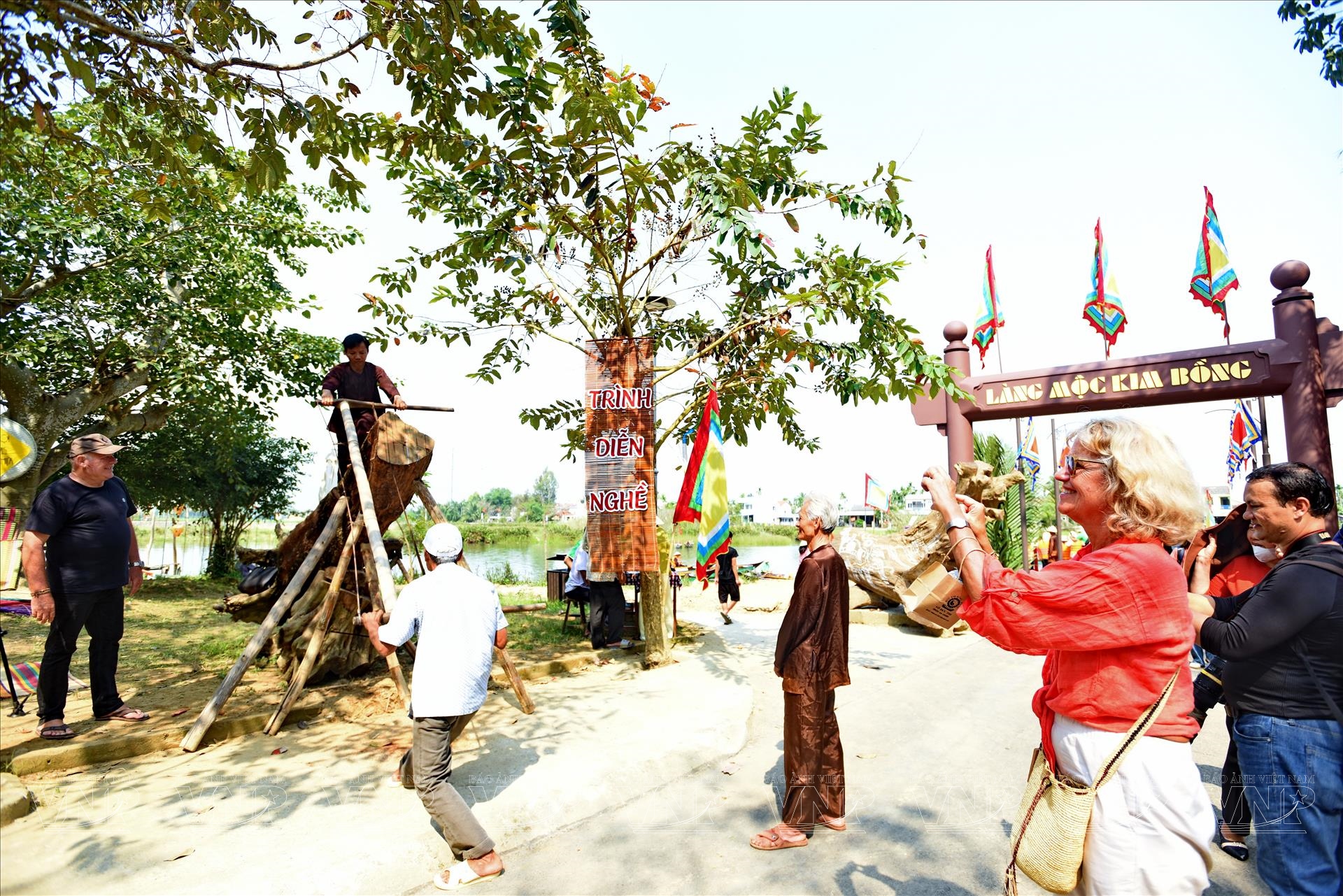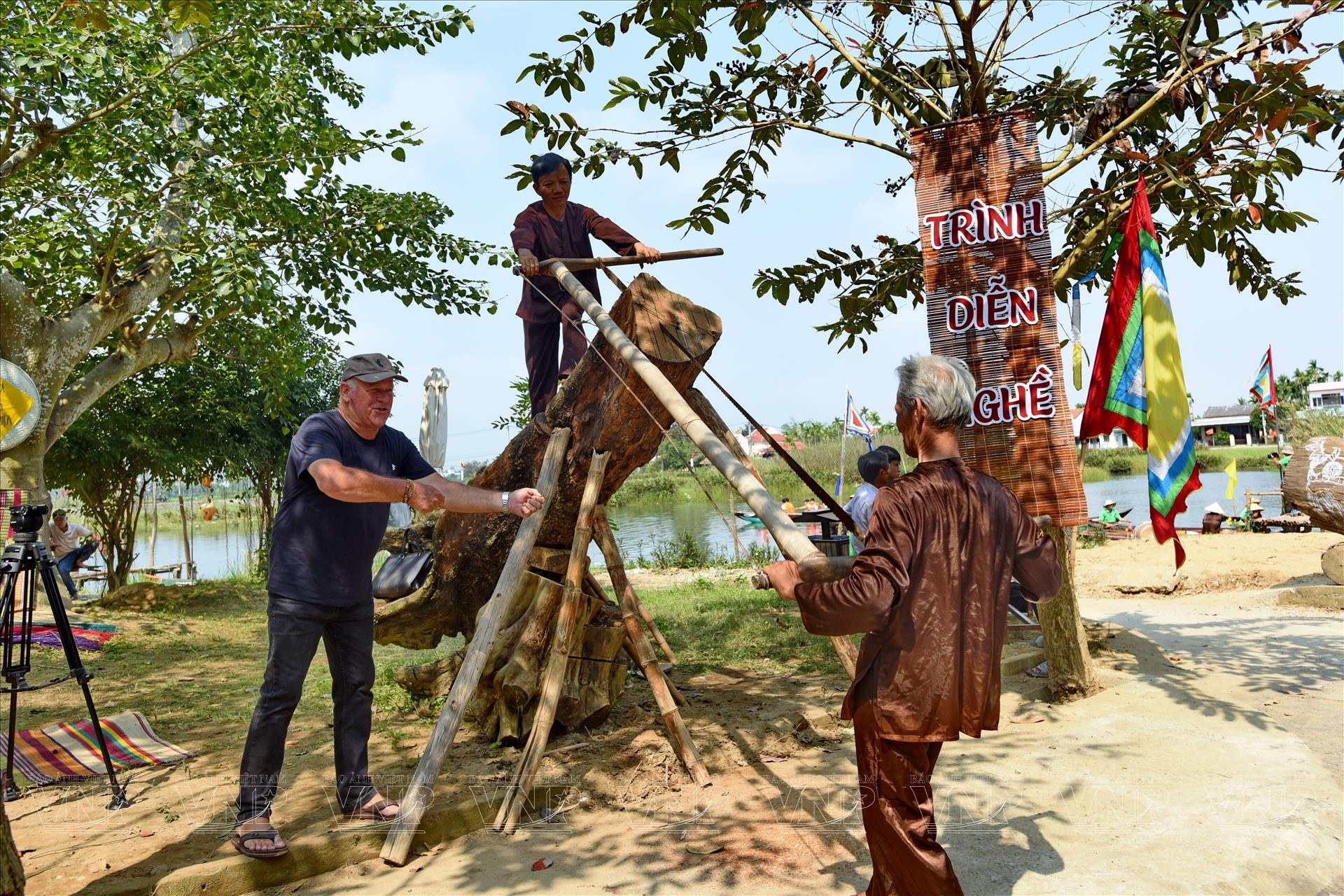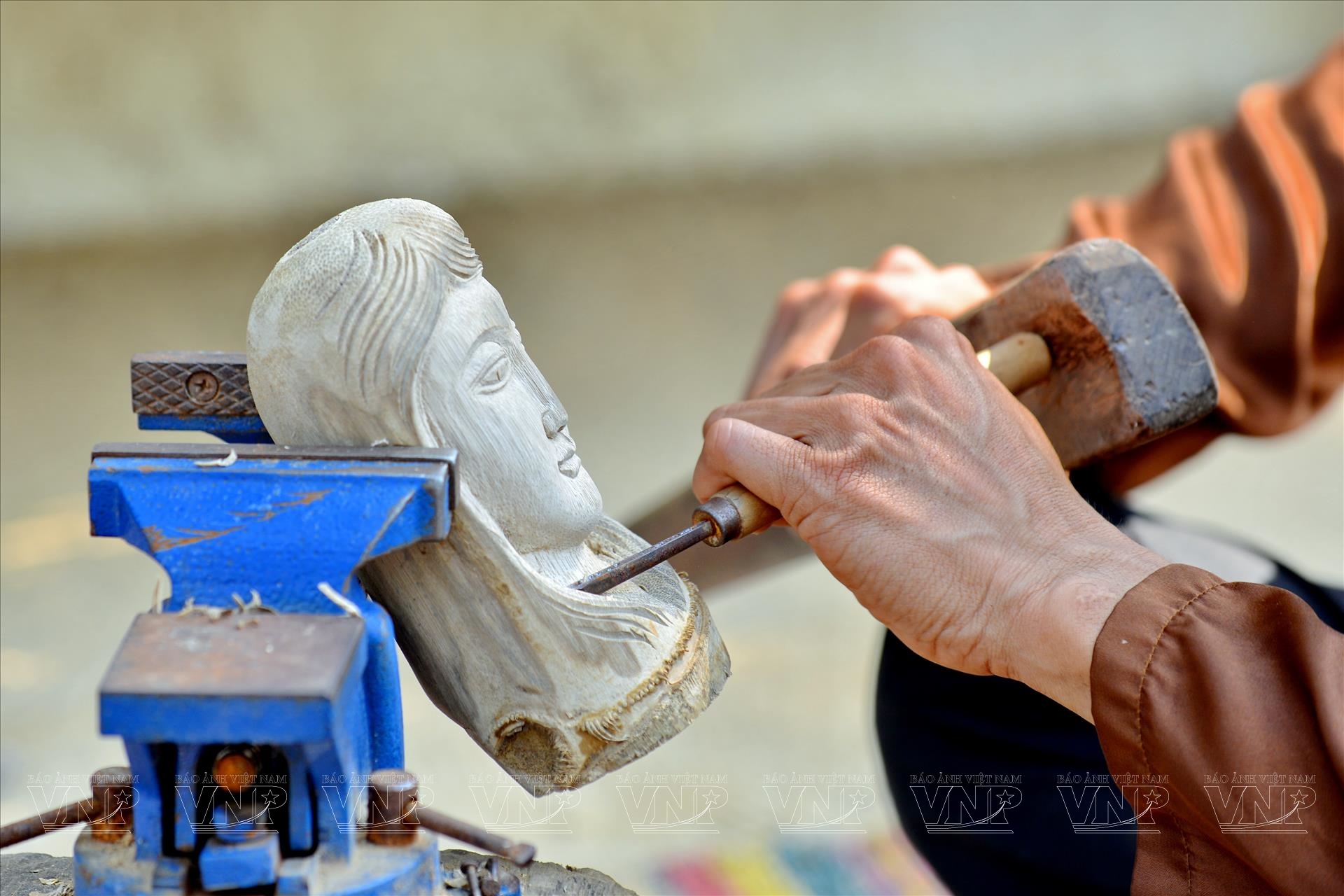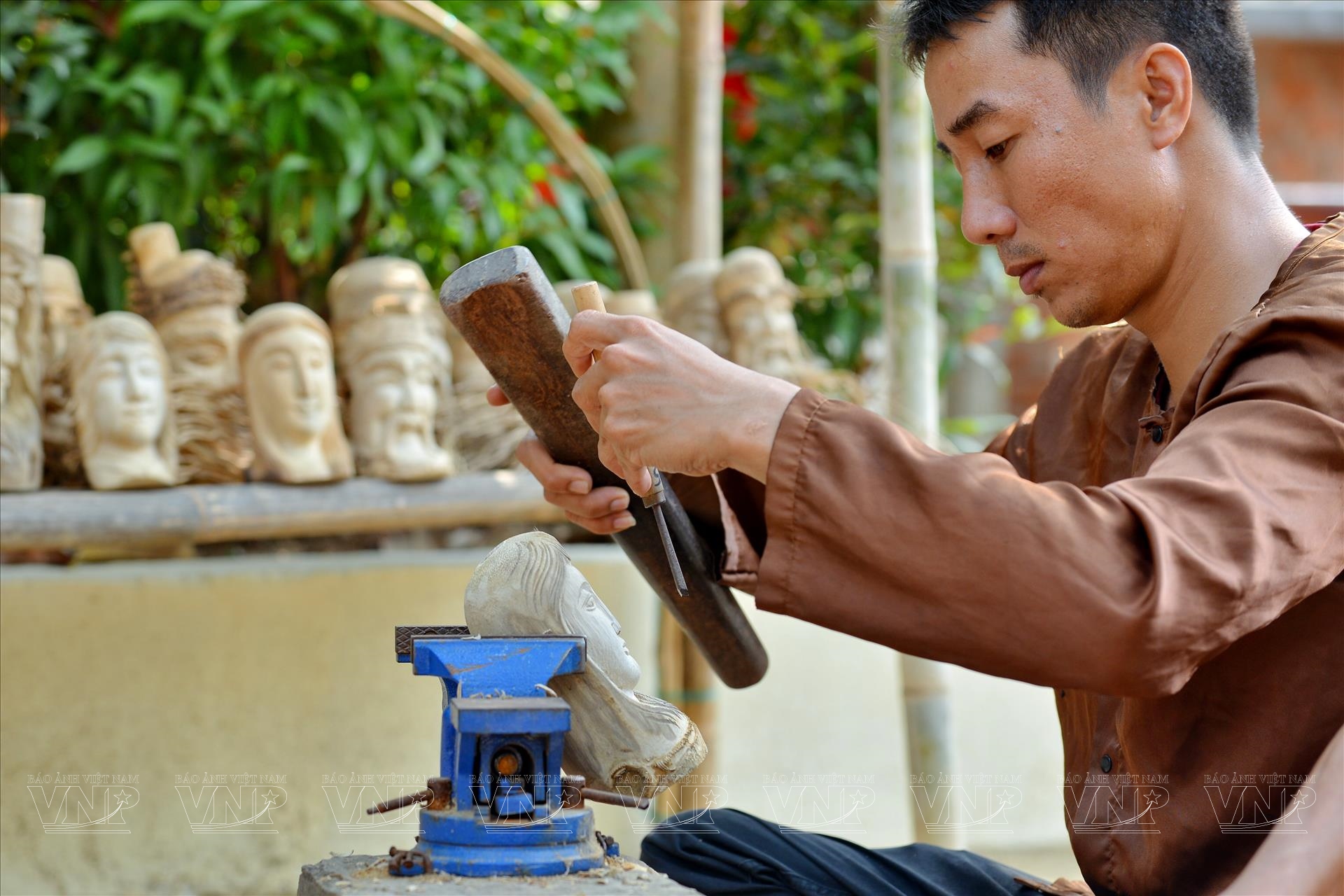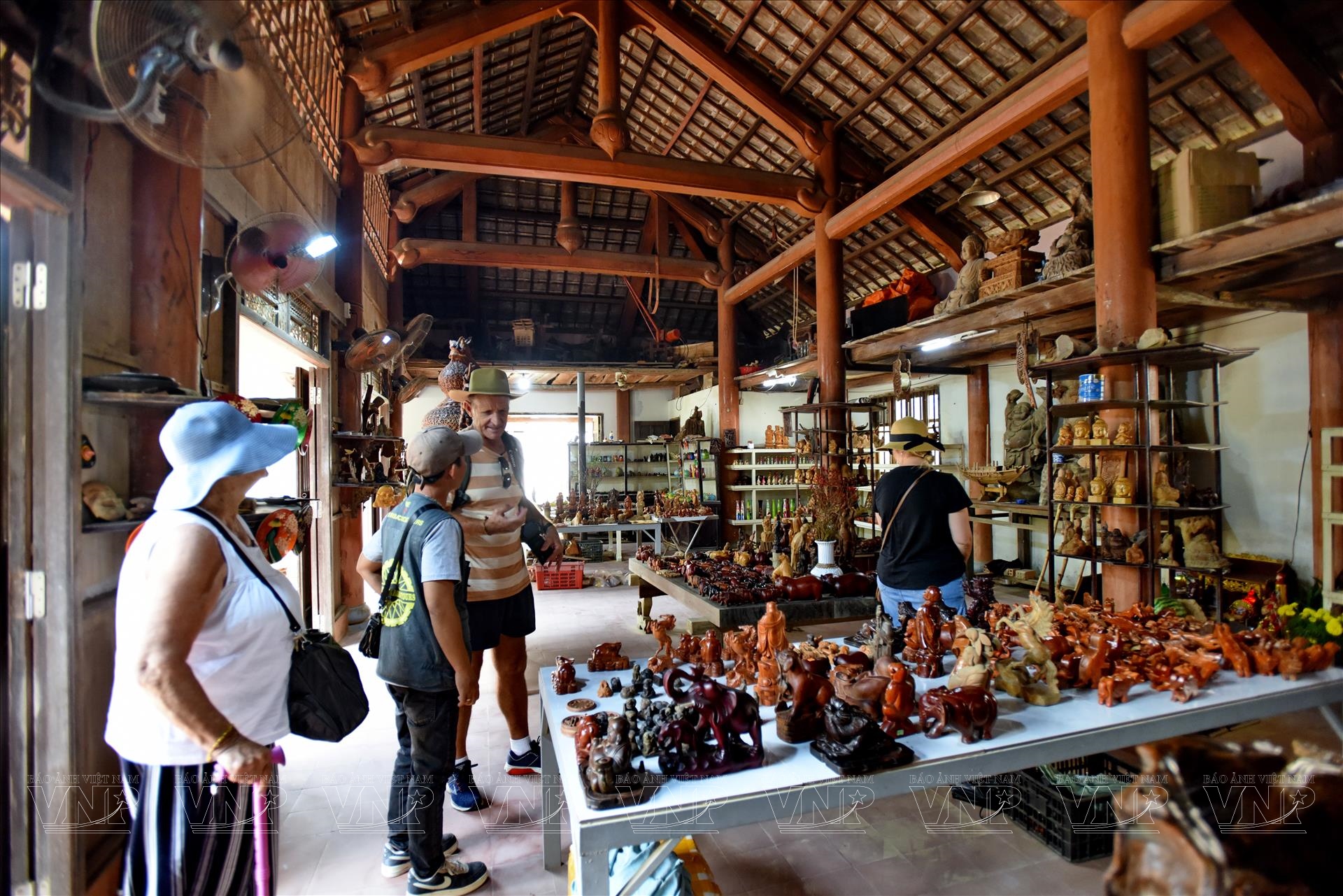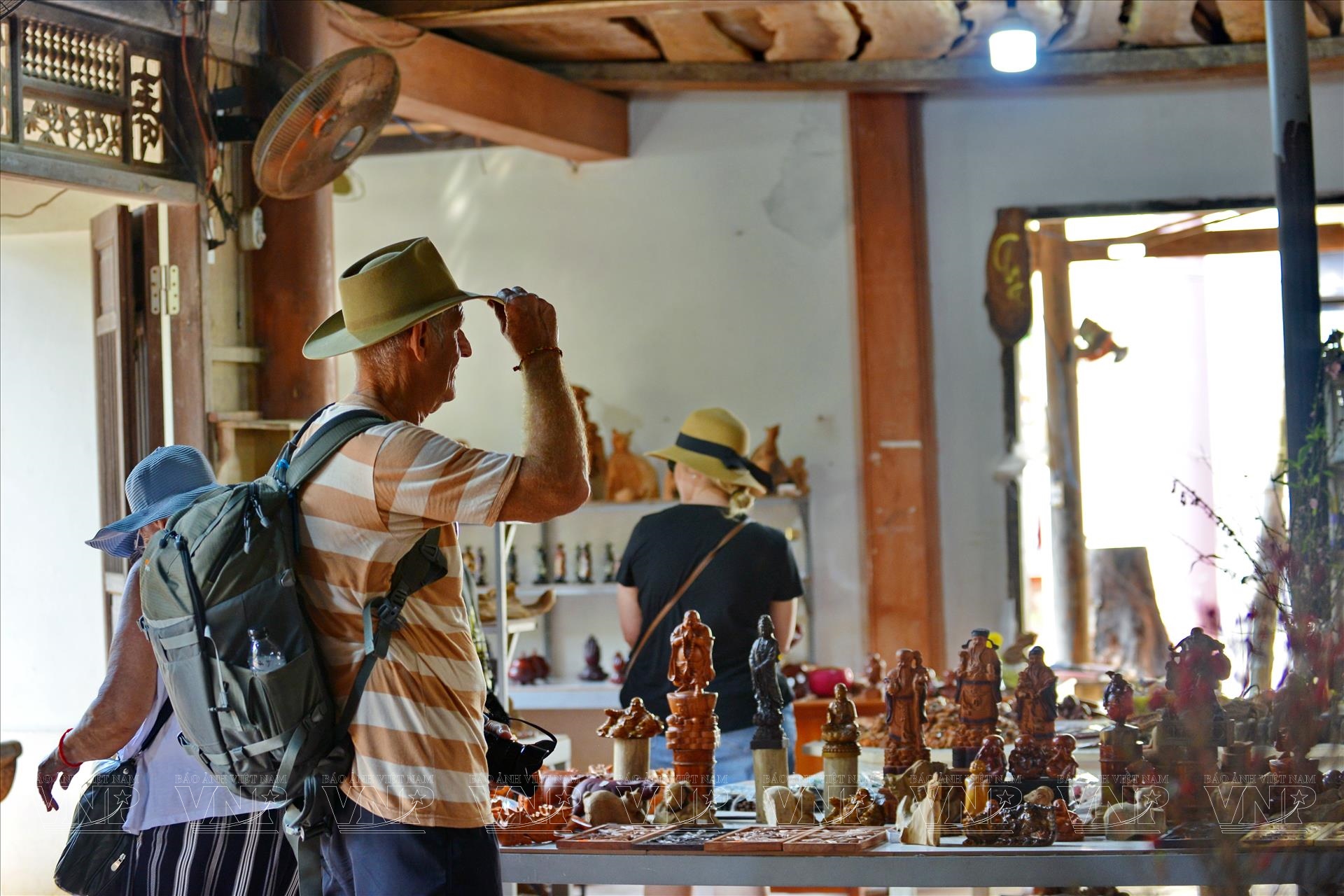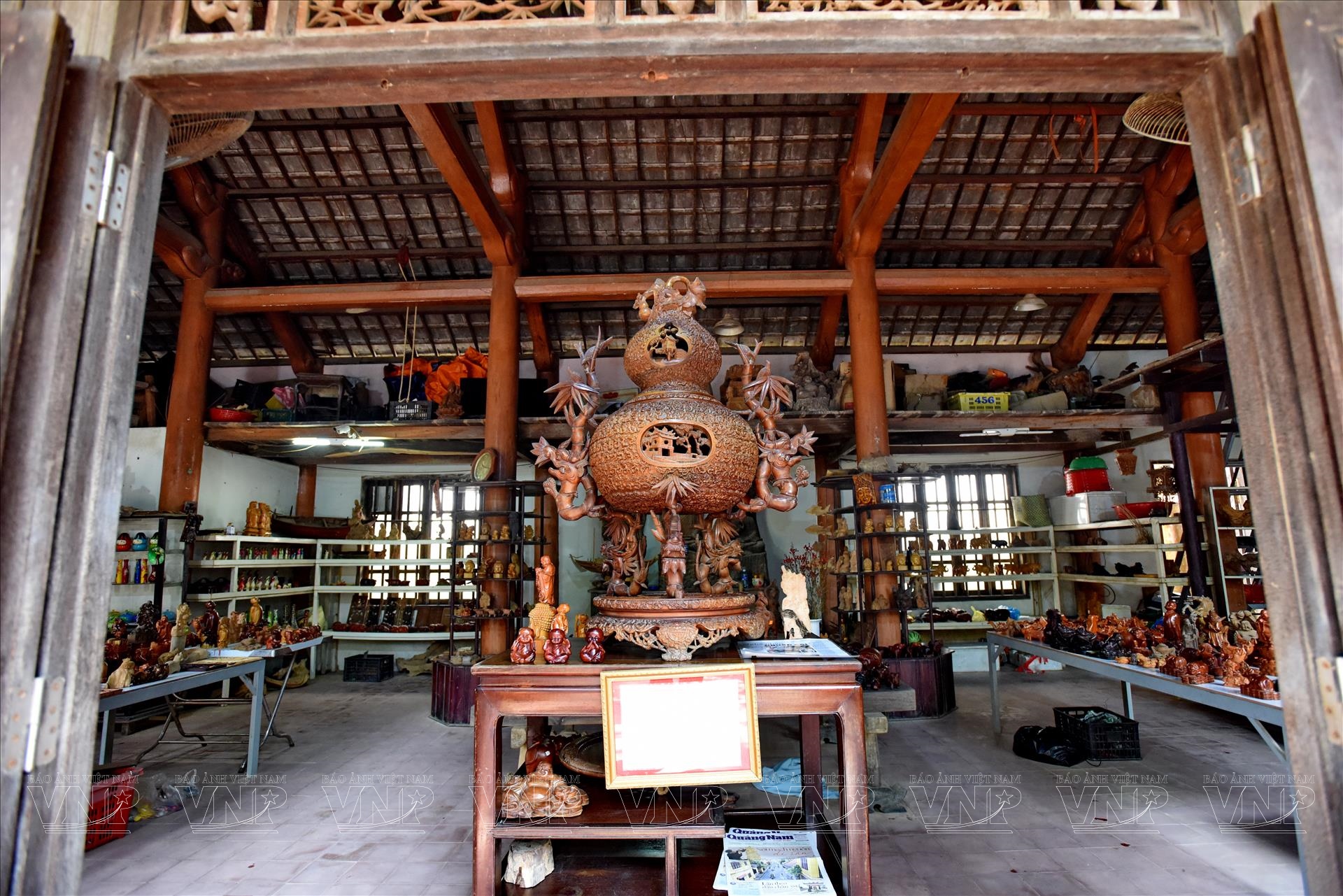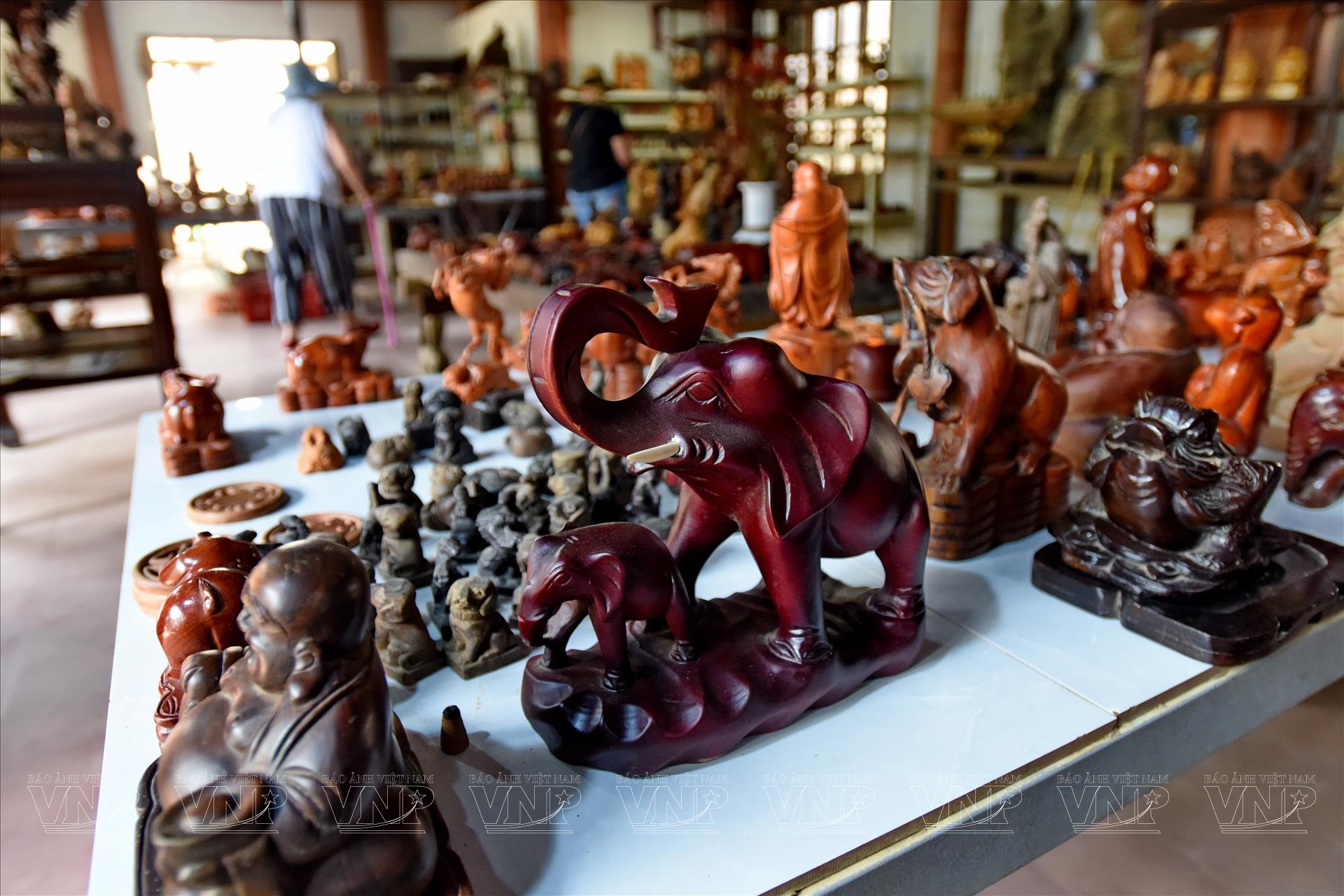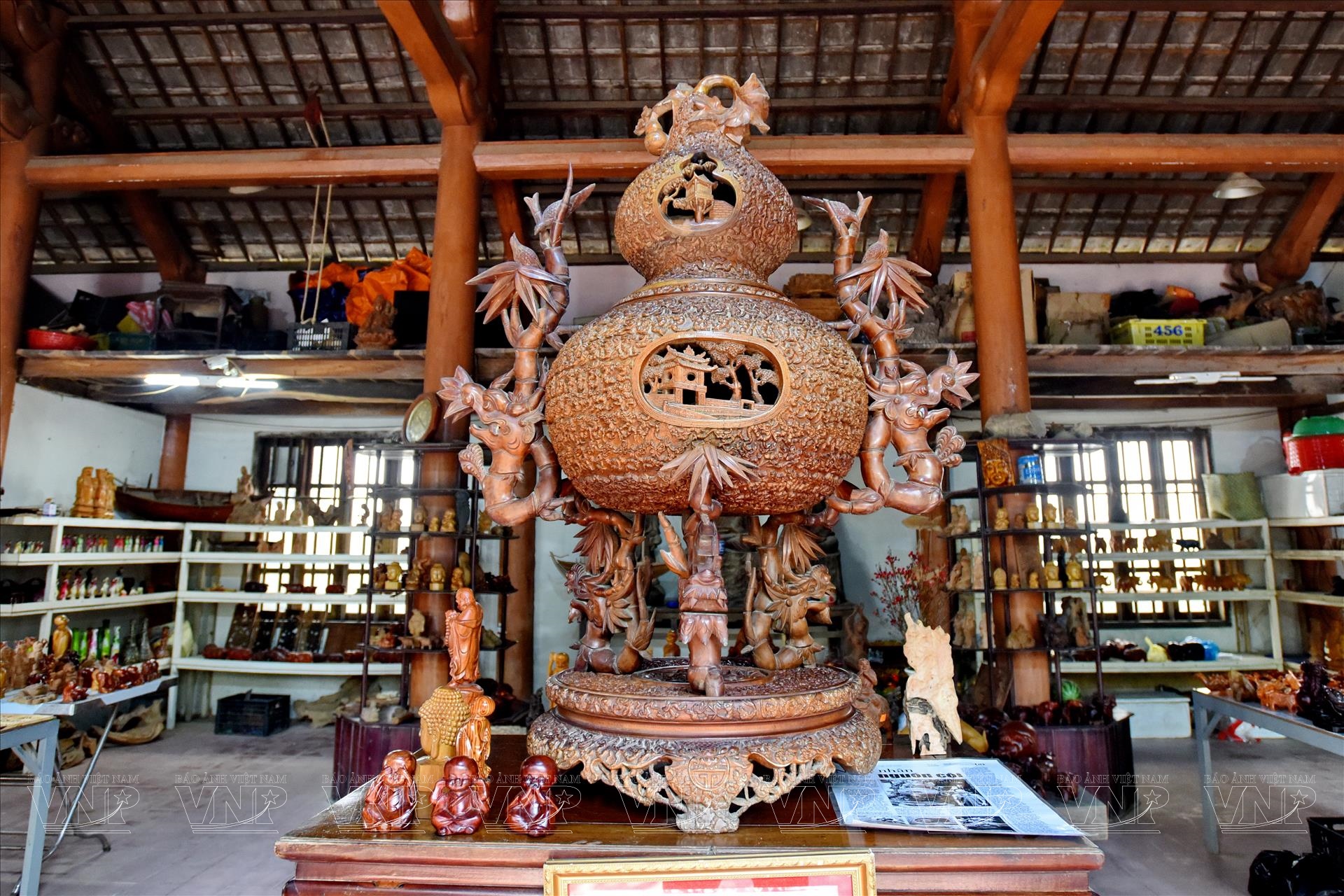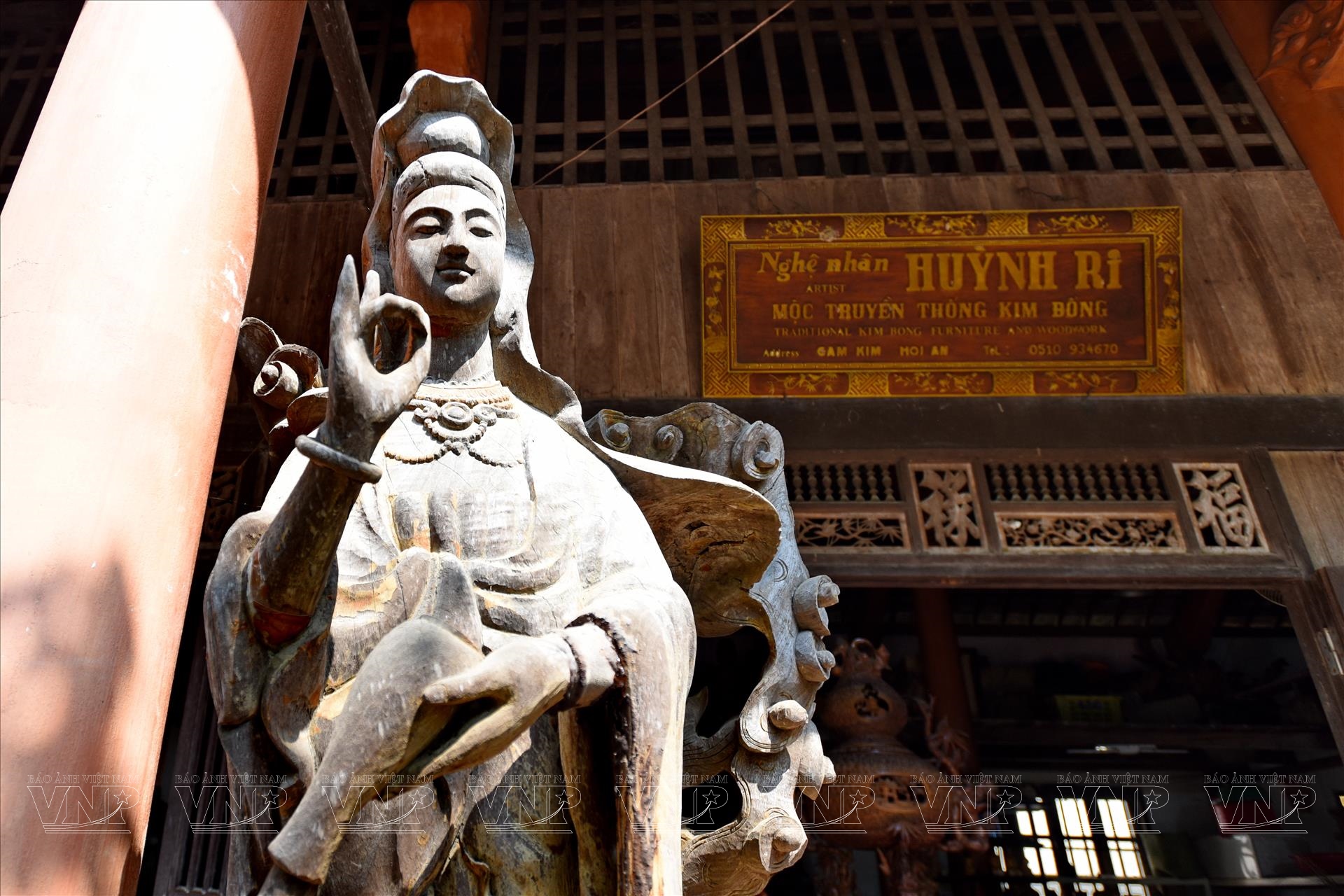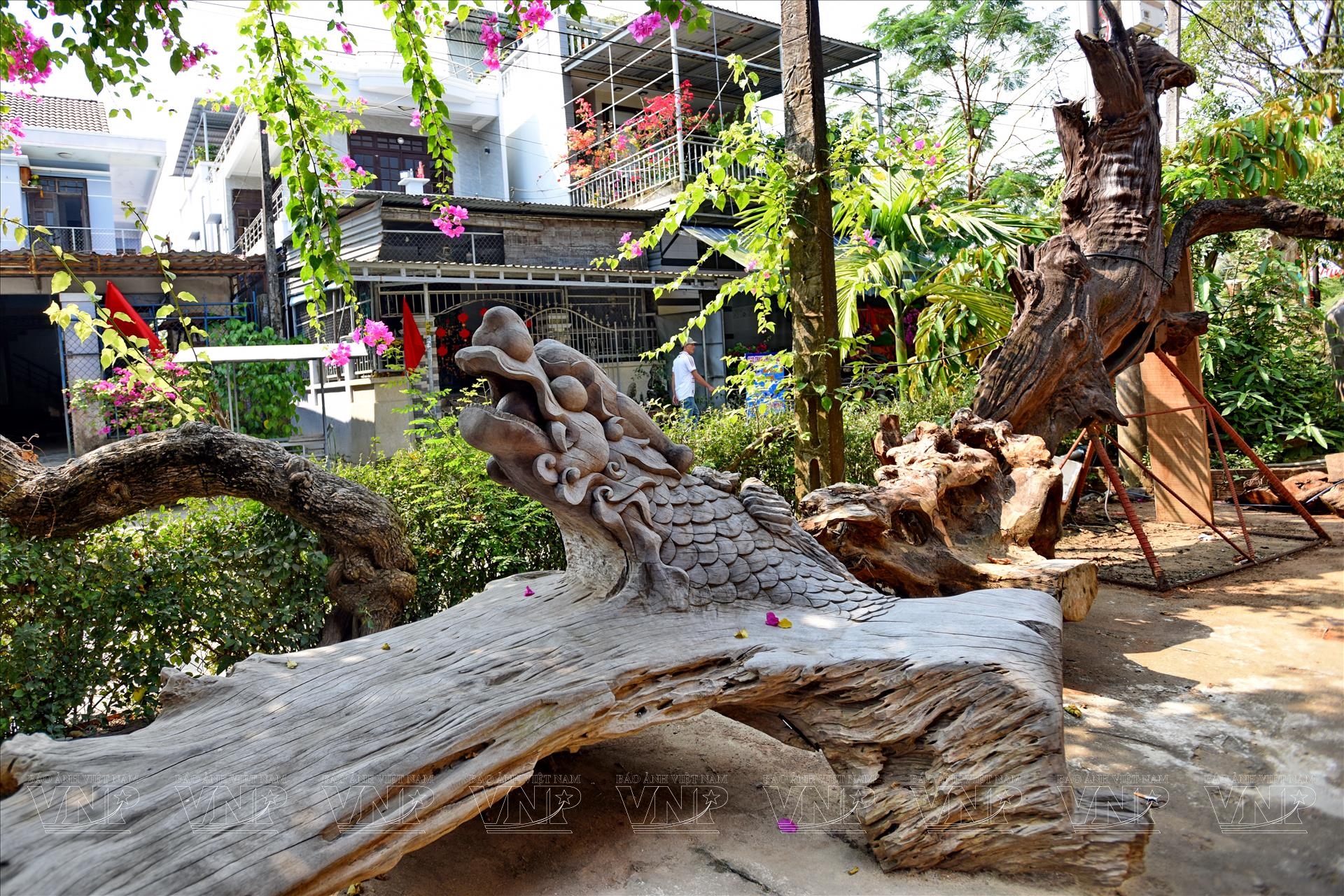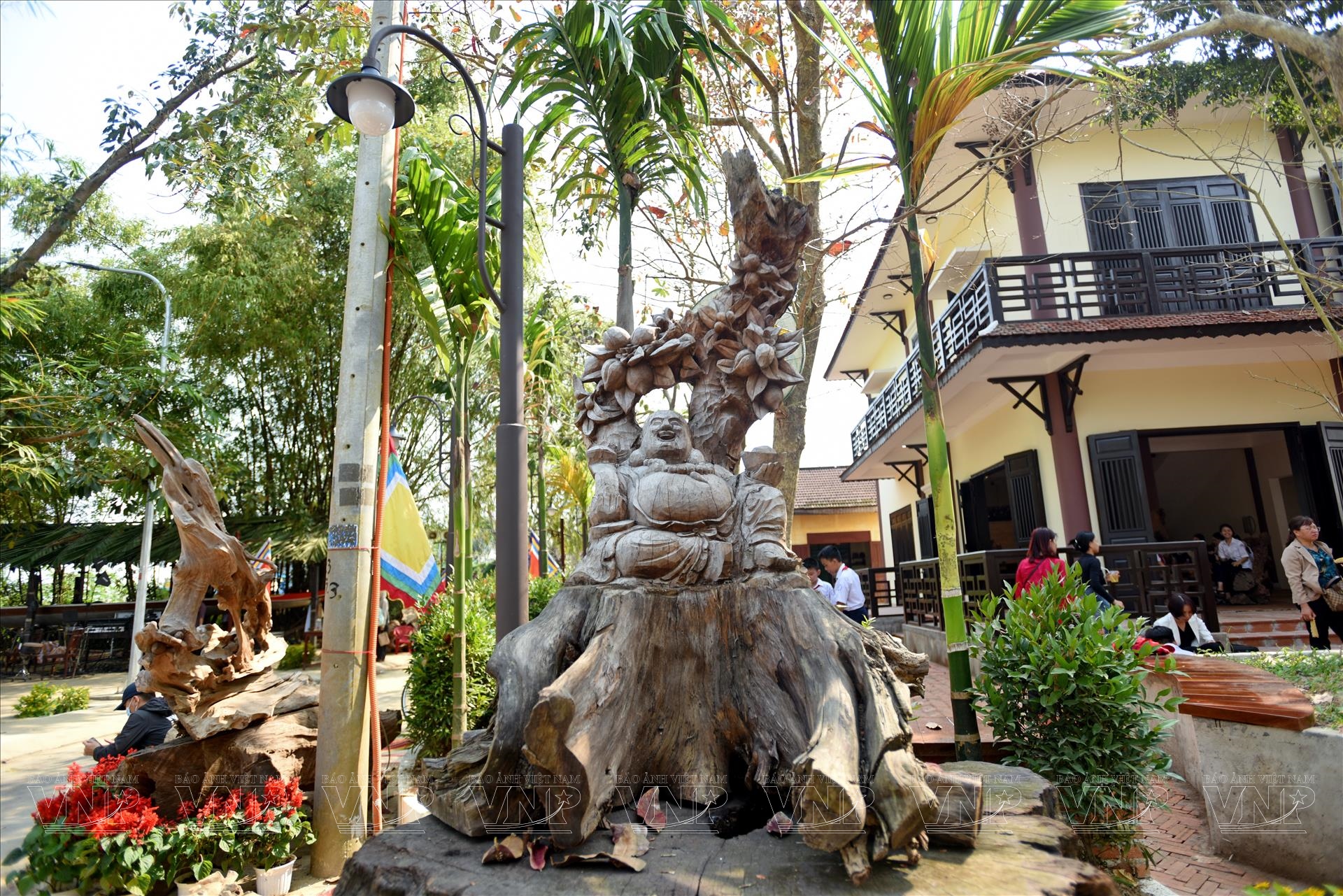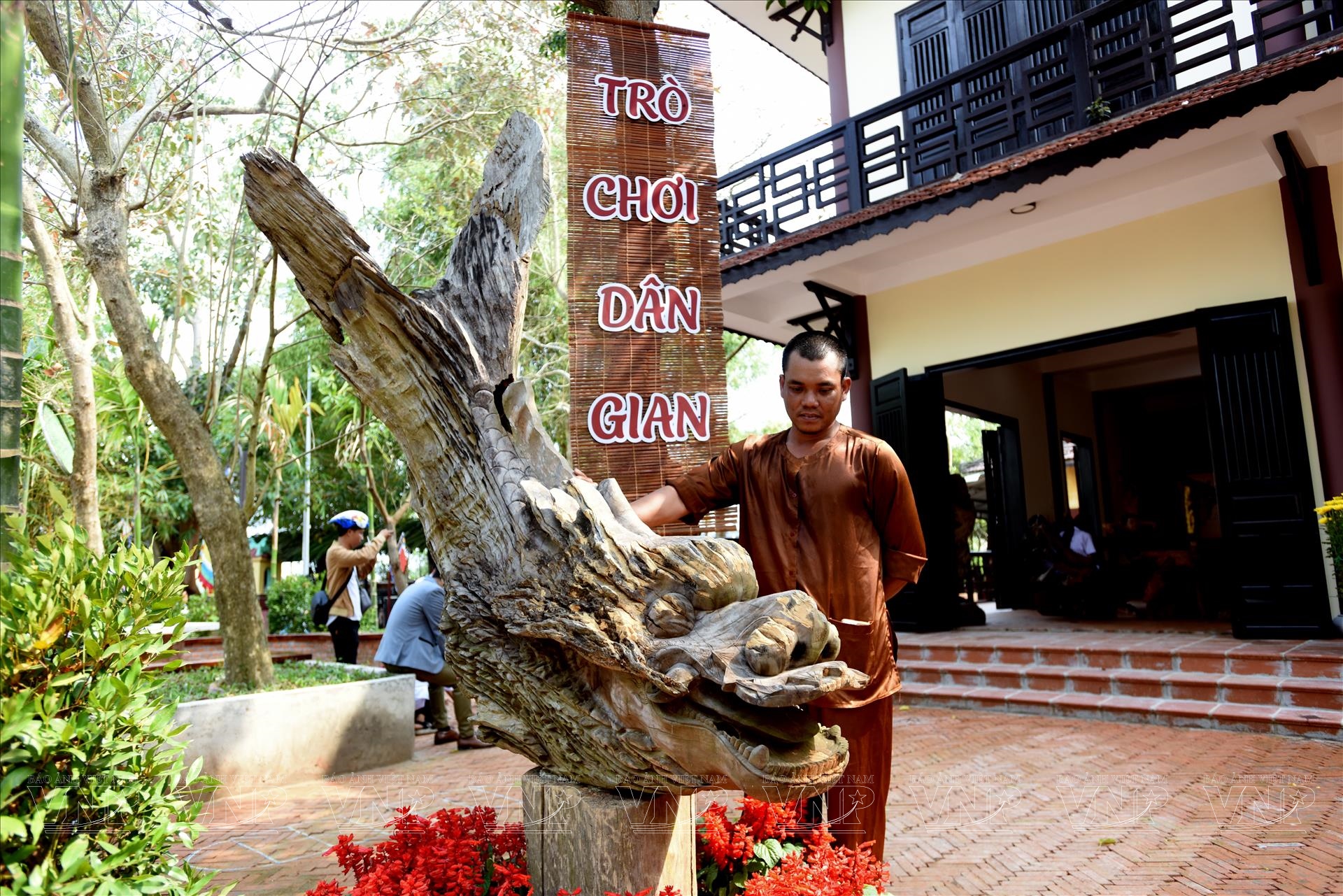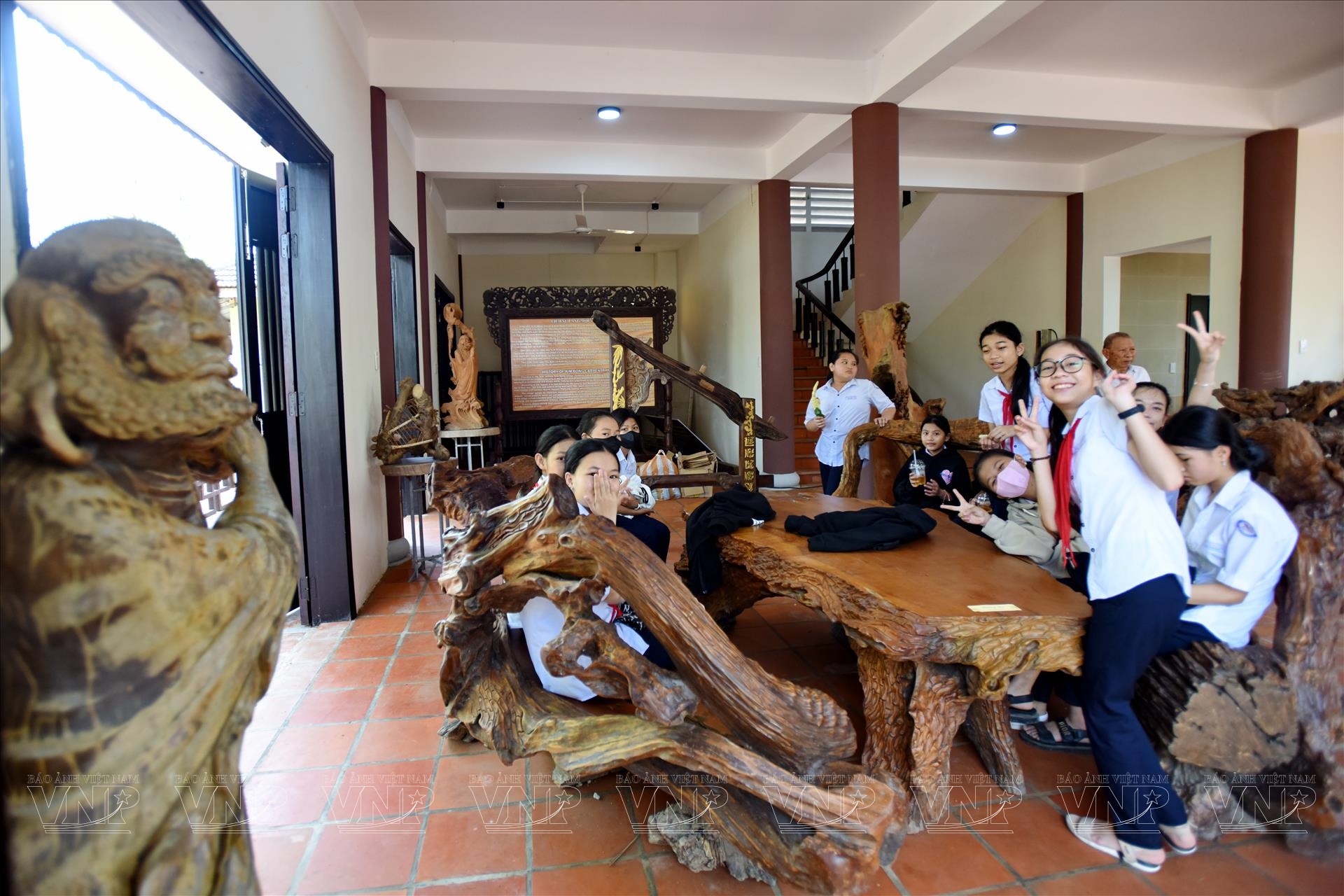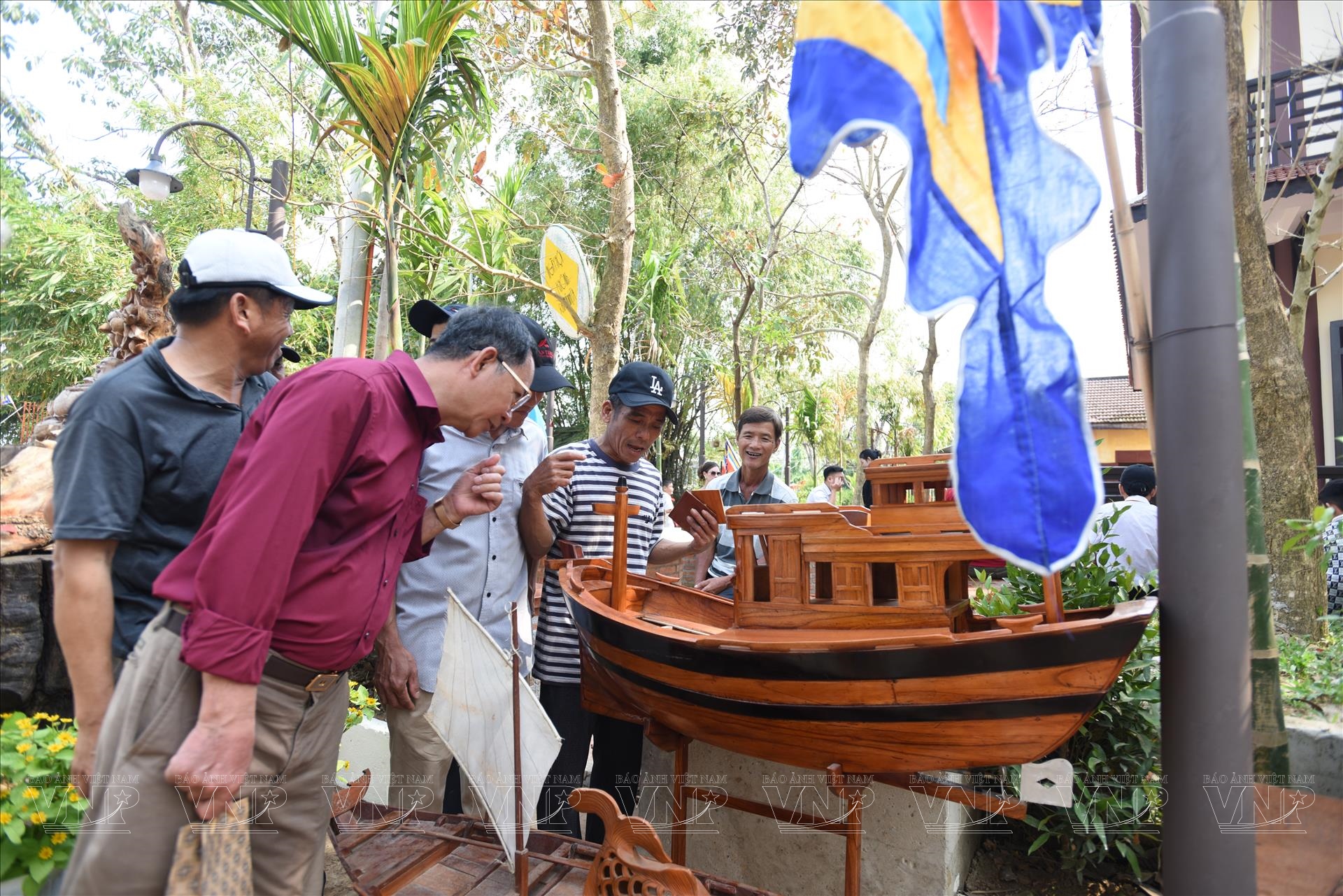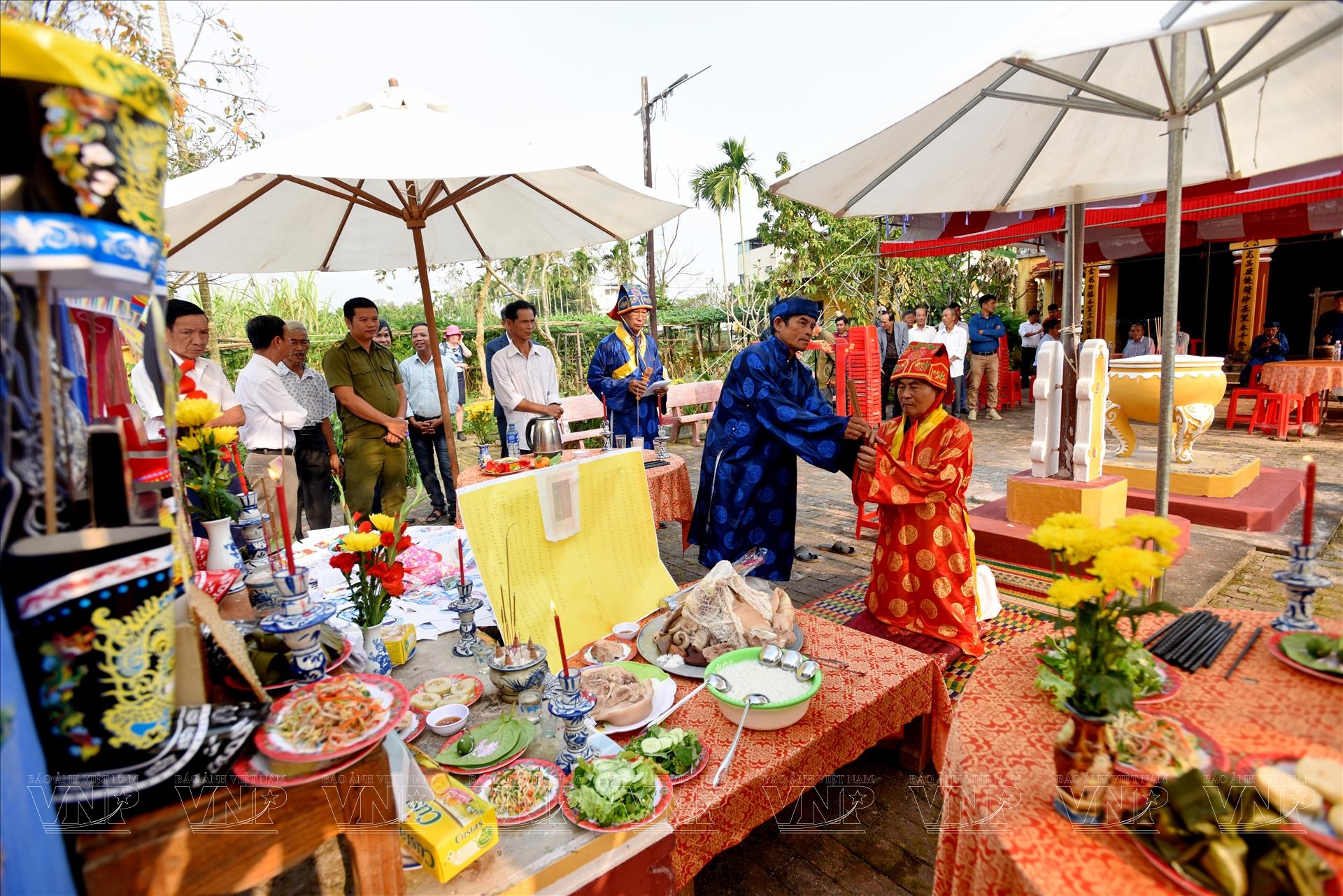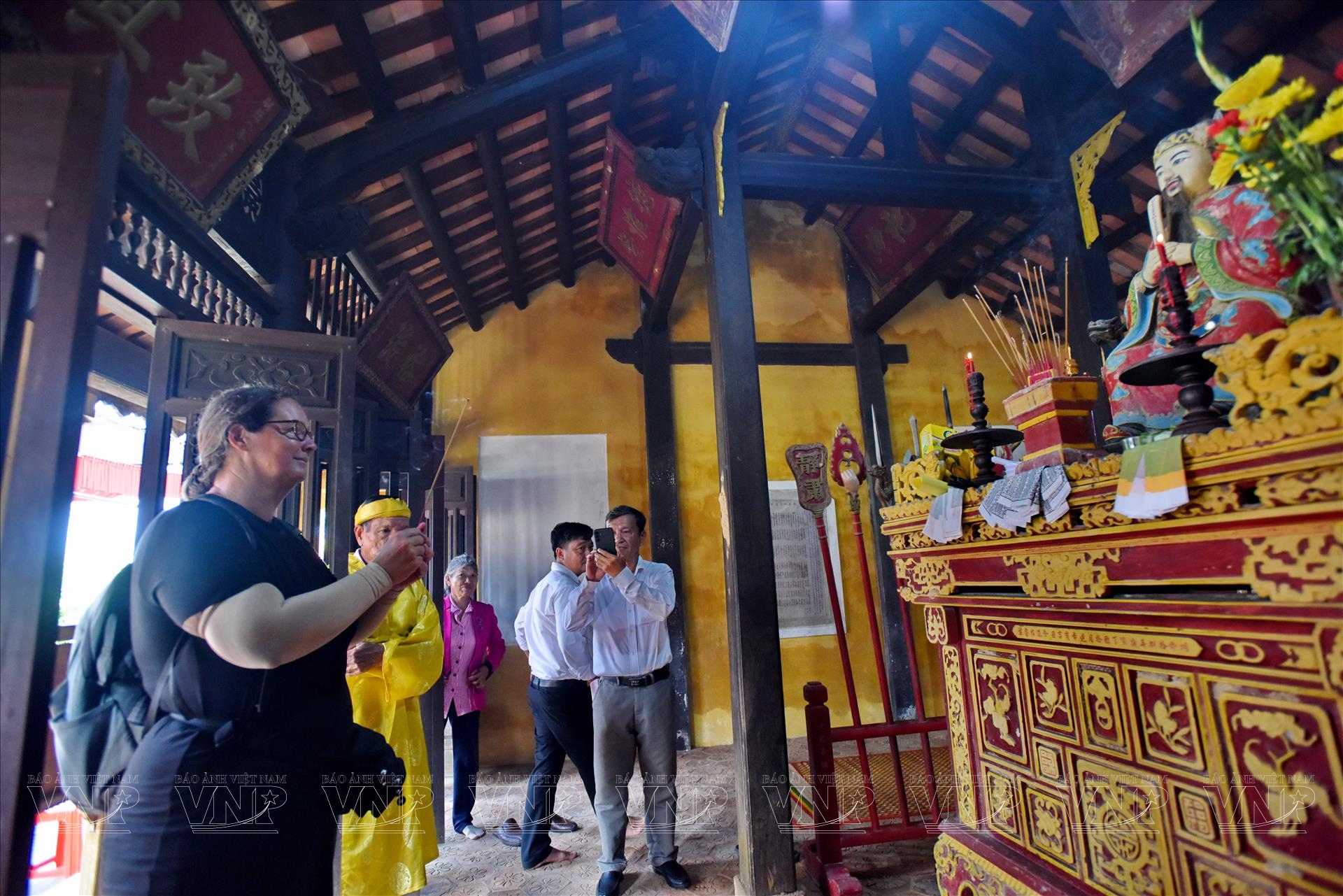Kim Bong - The Renowned Carpentry Village
Nestled beside Hoi An Ancient Town, Kim Bong Carpentry Village has long been celebrated for skilled artisans. For generations, Kim Bong has remained one of Central Vietnam’s most iconic traditional craft villages.
In the past, Kim Bong was part of My Khe Commune, Duy Xuyen District, Quang Nam Province (today within Hoi An Ward, Da Nang). According to village elders, the craft’s founder migrated from Thanh Hoa in the 16th century. At first, villagers built simple bamboo and thatch houses, then moved on to wooden homes, furniture, and eventually boatbuilding. During the Nguyen Dynasty (1802–1945), many Kim Bong carpenters were summoned to the imperial capital of Hue to construct palaces and royal tombs, leaving their mark on major architectural works.
Carpentry is demanding work, traditionally carried out by men. Apprentices typically train for three to five years before becoming skilled carpenters; to reach the level of master artisan requires 15 to 20 years of practice. Even today, the imprint of Kim Bong craftsmen can be seen throughout Hoi An, in its centuries-old wooden houses, communal halls, and clan temples, that together form the unique architectural landscape recognized by UNESCO.
Beyond traditional wooden houses, the village has expanded into fine woodcraft. More than 50 product lines are created here, ranging from statues, ancestral panels, and calligraphic couplets to countryside-themed carvings (banyan trees, village wells, river ferries) and miniature models of iconic Vietnamese architecture such as the Pagoda Bridge, old merchant houses, and fishing boats. Many pieces have won national handicraft awards. The village’s products are available in domestic markets like Hue, Da Nang, Ho Chi Minh City, and Hanoi while others are exported to Europe, North America, and Australia.
Kim Bong products are admired for their sophistication balanced with warmth and familiarity. Carvings of the four sacred animals, the four seasons or miniatures of Vietnamese rural life evoke cultural memory while catering to modern tastes. The artisans preserve time-honored techniques while innovating for new markets, ensuring the village’s enduring vitality.
In recent years, thanks to Hoi An’s booming tourism, Kim Bong carpentry has seen a revival. Visitors can watch craftsmen at work, learn about the production process, or purchase fine wooden souvenirs. Families such as those of Huynh Ri, Huynh Suong, Vo Xuan Phuong, and Lu Dui have built stable incomes and have even prospered from carpentry and tourism services.
Today, Kim Bong carpentry not only preserves a vital part of the local identity but also serves as a cultural bridge, helping visitors from near and far appreciate the artistry of Vietnamese crafts. After more than four centuries, the sound of chisels and planes in Kim Bong still resonates, affirming the enduring strength of a craft village woven into the history of Hoi An.
By Thanh Hoa/VNP Translated by Nguyen Tuoi
